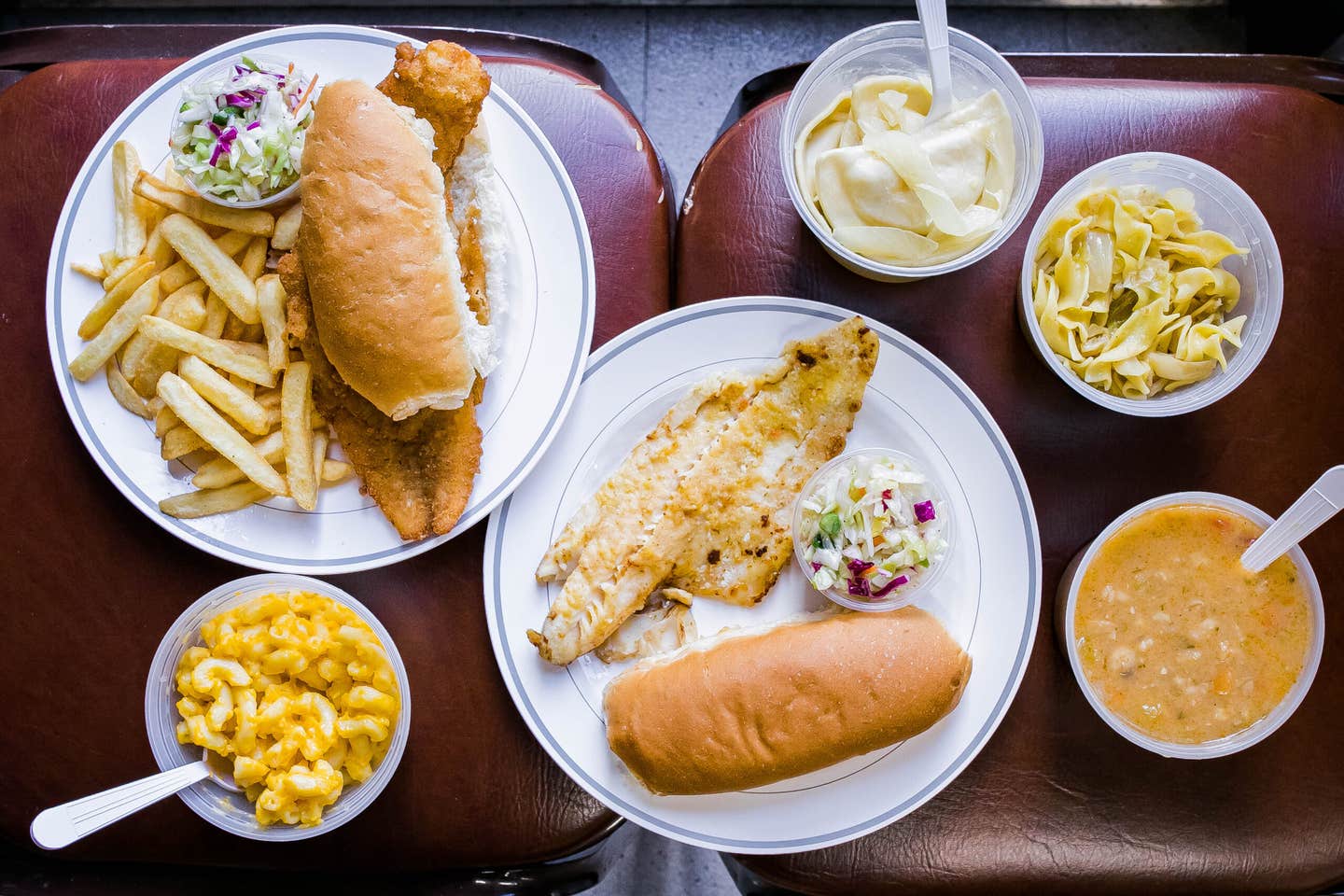
Lent Heralds the Return of Pittsburgh’s Glorious Fish Fry Season
The Friday events serve fried fish, pierogies, and haluski with a side of community pride.
During Lent, Pittsburghers eagerly anticipate Fridays—or rather, Fish Fry-Days, as locals call them. The city’s residents wait all year for that first bite into a fluffy white bun encasing an oversized piece of crispy fried fish, usually cod. And the sides are just as mouthwatering: homemade haluski, buttery pierogies, bubbly mac-and-cheese, salty fries, and tangy coleslaw. Then there’s the dessert table, featuring sweet treats like made-from-scratch apple pies, nut rolls, cakes, cookies, and fresh donuts. The waiting in line, the jockeying for parking, the rush to leave work early—it’s all worth it just to arrive before the best items sell out.
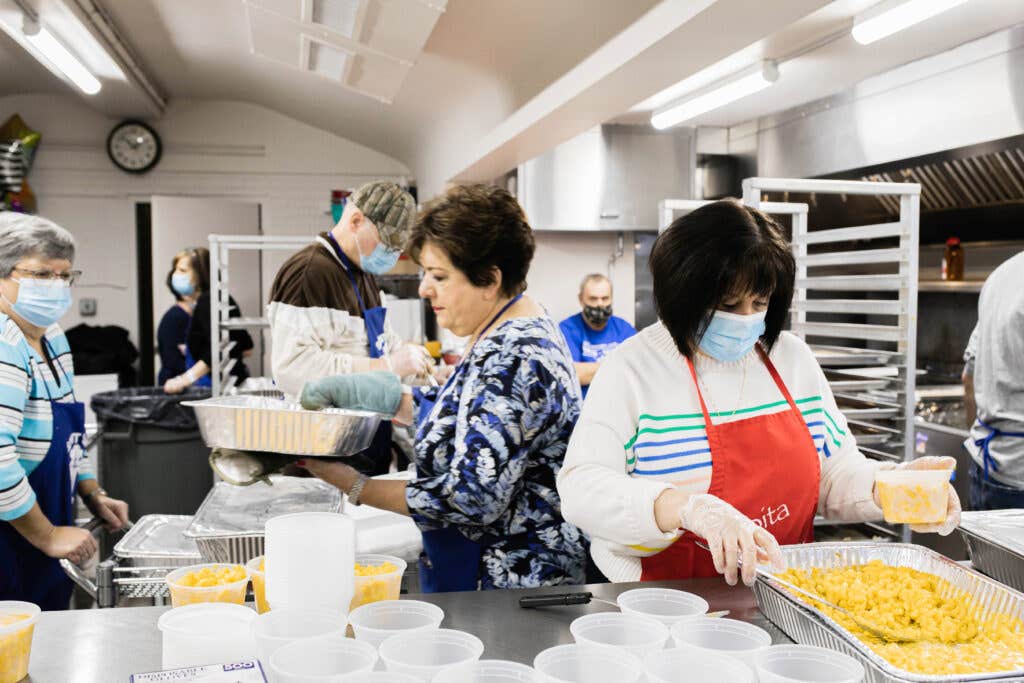
Year after year, Friday after Friday, Pittsburghers pack churches, fire halls, and social clubs for classic fish fry meals. Originating as a religious tradition, fish fries have since become a secular custom that welcomes everyone in the community. Some people visit the same spot week after week, while others try to attend a new fish fry every Friday evening. A lifelong Pittsburgher, I fall into the latter camp, though I have a few tried-and-true favorites (like those hosted by the Swissvale Fire Department and Sacred Heart in Shadyside)—as does Dave Schorr, a Pittsburgh fish fry expert who goes by “The Codfather.”
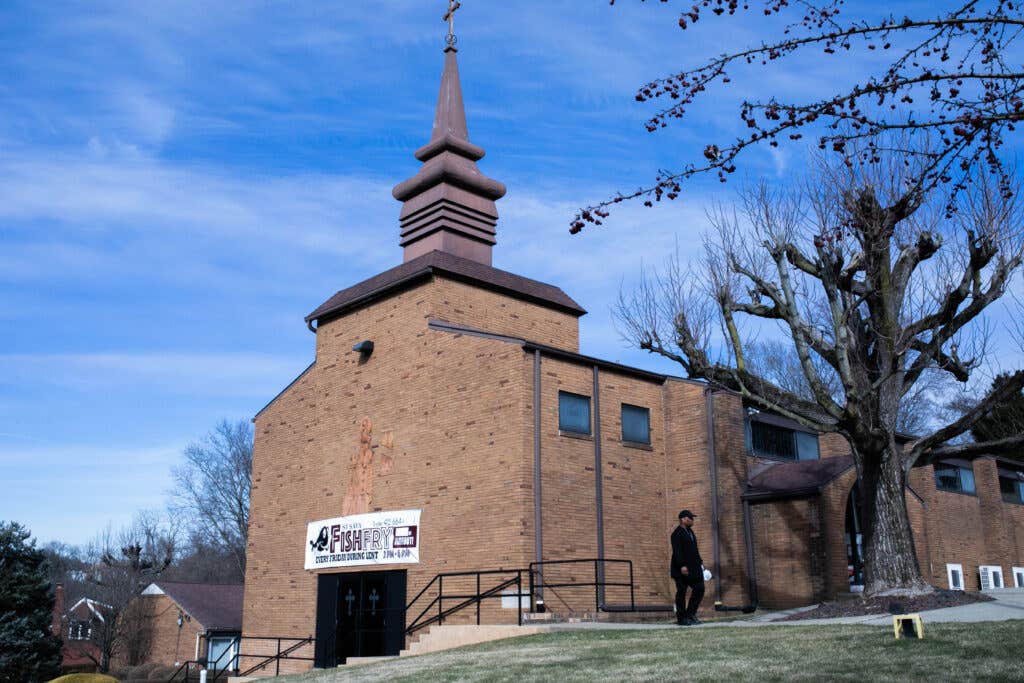
“It’s got to be in a church hall, preferably under a church in the basement. The floor is always that commercial-grade tile,” he says, describing his quintessential fish fry setting. “The lighting is either fluorescent tubes or some other type of bulbs that are so yellow from when people used to be able to smoke inside.”
Schorr views himself as a documentarian and archivist of this tradition, one he says is “probably on its way out” as Catholic Church membership wanes. As an added challenge this year, organizations hosting fish fries are also contending with supply chain shortages and surging inflation, making it more complicated and costly to run the events. To share fish fry stories with friends, Schorr created The Codfather Facebook group in 2014, which has since grown to 1,000 members. Schorr estimates he’s attended 500 fish fries throughout his lifetime—with plans to add more to the list this year. He’s always on the lookout for something special: homemade selections, secret recipes, and, of course, a little indulgence. “You should not have any healthy sides,” he admonishes. “You should have haluski and fries.”
Though the fish fry has roots in the Catholic rule of abstaining from meat on Fridays, the community tradition is now celebrated more widely. Case in point: I grew up attending a United Methodist church that hosted a popular fish fry every week, and as a teenager, I volunteered to wipe down the greasy tables between visitors. My church didn’t ask us to abstain from meat, but the fish fry is canonical in western Pennsylvania. Even Protestant churches, volunteer fire companies, and other community groups organize fish fries as important fundraisers.
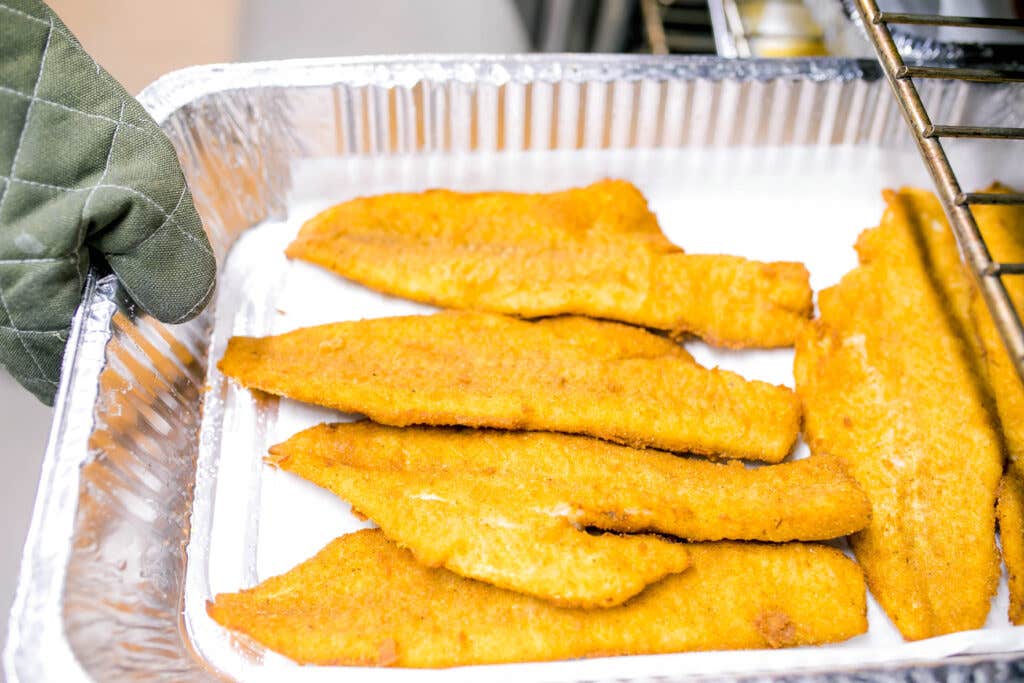
It’s difficult to pinpoint exactly when this tradition began and how far back it reaches, but Leslie Przybylek, senior curator at Heinz History Center, has some ideas. As far back as the late 1890s and early 1900s, churches and civic groups around Pittsburgh and the Great Lakes advertised fish fries, not always connected to Lent, and sometimes described as “Tennessee Fish Fries.” As the decades wore on, these events continued, though they weren’t yet the big public gatherings we imagine today. By the early 1960s, Wholey’s fish market in Pittsburgh published advertisements promising to help organizations set up a fish fry for just 25 cents per person, Przybylek found in her research. At this point, Catholics were restricted from eating meat on every Friday throughout the year, but in 1966, church leaders announced that Catholics only had to abstain from meat on Fridays during Lent, the period leading up to Easter. “It was a big change for people,” Przybylek says. “Suddenly Lent becomes this concentrated time of the year [for fish fries].”
By the 1990s, as food TV shows took off, fish fries started gaining local media attention, Przybylek continues. Then, in the 2010s, digital media created further opportunities for exposure (like fish fry brackets and maps), and organizations began marketing their events through social media. The fish fry tradition exploded in popularity over the last decade, Schorr adds, with people “seeking out experiences” and craving food that’s historic and community-driven.
Outside of Pittsburgh, many other cities like St. Louis, Milwaukee, Buffalo, Cleveland, and Cincinnati also host popular fish fries. But across the U.S., the degree to which the tradition is embedded varies widely. I asked friends from different states whether they attend fish fries during Lent and heard a vast range of answers; while some shared fond memories of the “nostalgic and no-nonsense” tradition, others said they “have never seen those two words (fish and fry) together.”
Those who have experienced a fish fry, says Przybylek, know that “it represents something larger than just a piece of fried fish.” It’s about community.
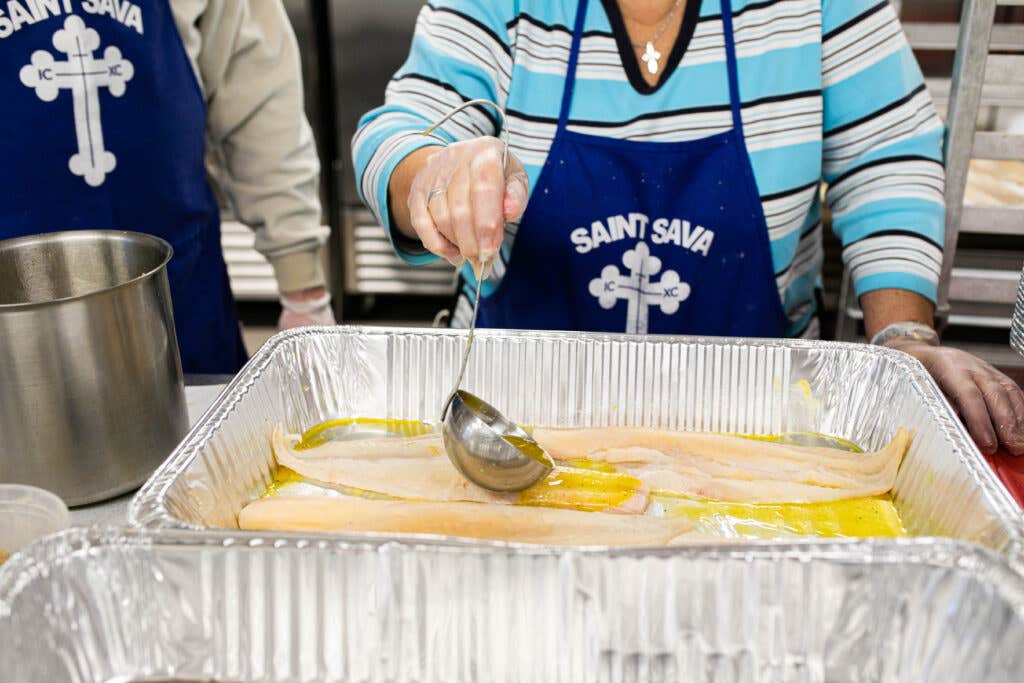
Nobody in Southwestern Pennsylvania knows this better than Dee Dee Baskot, who has run St. Sava Serbian Orthodox Church’s Lenten fish fry in McKeesport for the past 15 years, along with a crew of fellow volunteers. Each Friday, the team devotes long hours in the kitchen; then, if there are leftovers, they deliver food to parishioners who are unable to easily leave their homes, or to local police and firefighters.
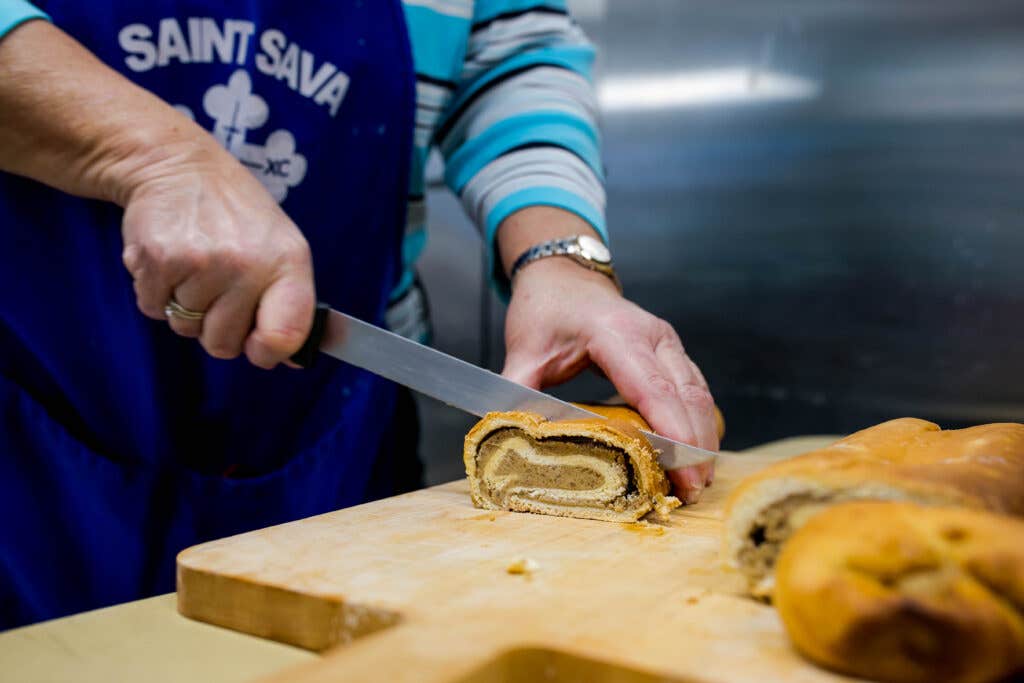
St. Sava’s fish fry is beloved in the region. It won local news website The Incline’s Ultimate Fish Fry bracket in 2020, and it’s also one of The Codfather’s personal top picks. St. Sava uses haddock, rather than the more commonly used cod, and this draws ardent fans. Every week, the fish fry sells 300 to 400 pounds of fish, each piece freshly breaded just before frying. Baskot’s crew makes haluski (20 pounds a week), too, and also switches up their soup every Friday (from bean-and-sauerkraut to seafood stew), serving these classics alongside rice, coleslaw, and fries. Then, there are the desserts—oh-so-many desserts. Palacinke (Serbian crepes), nut rolls, apricot rolls, apple strudel, and donuts are all home-made by Baskot and her team. For regulars, attending St. Sava’s fish fry feels like being back in their grandmothers’ kitchens.
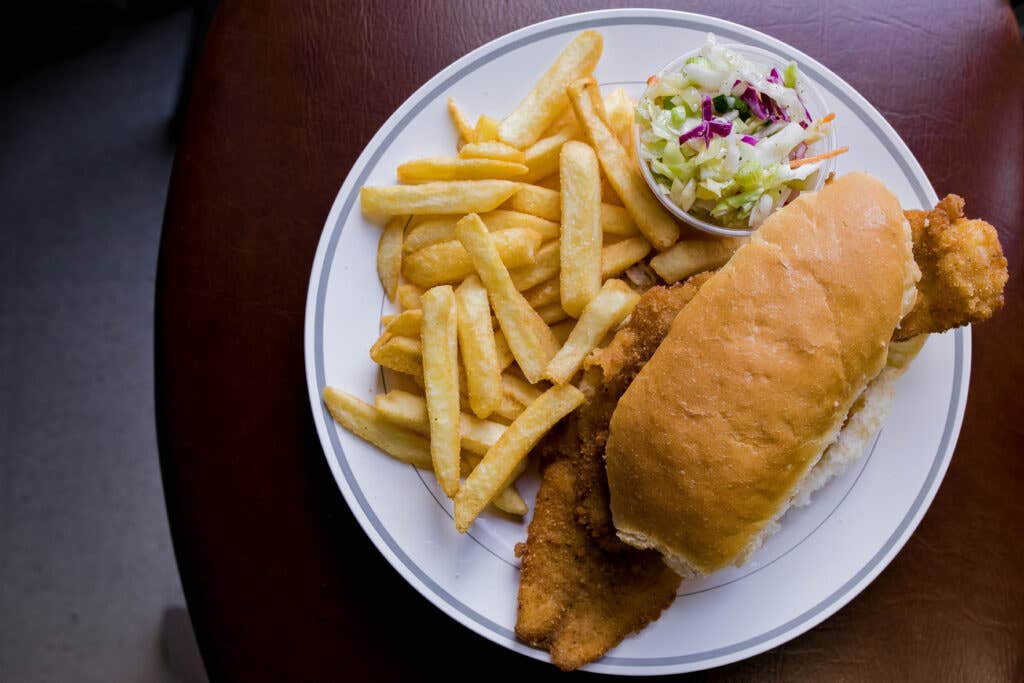
Eight miles downriver from St. Sava is Swissvale Volunteer Fire Department, home to another fan-favorite fish fry. Swissvale’s fish fry dates back 20 years, but fire department President David Nickel says they began getting more serious about it over the past decade. Swissvale Fire Department is known for its beer-battered Atlantic cod and sells about 5,500 sandwiches each Lenten fish fry season. Another conversation starter is the heavy and decadent beer-battered grilled cheese sandwich Nickel calls “a workout to eat”—especially when served with plenty of sides like haluski, crab cakes, hush puppies, fries, pierogies, cheese sticks, and pickles. Turner’s Iced Tea, a Pittsburgh favorite, is also on the menu. The setting itself plays a role in making Swissvale’s fish fry unique: the team sets up dining tables in the garage between the firetrucks, delighting kids and adults alike.
For both St. Sava and Swissvale Fire Department, the fish fry is an important part of their organization’s budget. “Without the fish fry, we would be in dire straits,” Nickel says. Each $15 or $20 meal makes a big impact for local organizations.
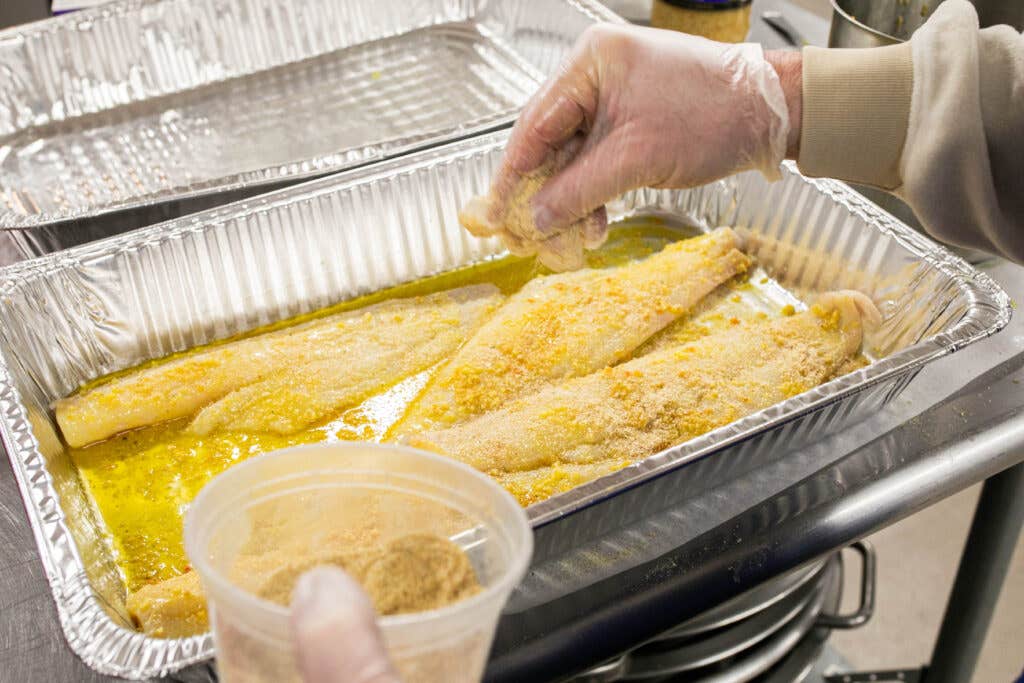
Amid the pandemic, the usual fish fry settings pivoted to figure out how to continue the tradition while following COVID-19 protocols. Many temporarily switched to a model of take-out only, and some (like St. Sava) are still only offering carryout options. Fish fries continue to be a major revenue generator, but the events now face the added challenges of supply chain issues and inflation, which are affecting the price of everything from fish to fryer oil to butter. Still, the tradition, and the organizers who carry it on, are powering forward, even if it means raising prices a bit to cover the added costs. Sadly, these challenges forced some community groups to cancel their fish fries this year.
Historic preservation is part of the reason Schorr, The Codfather, documents each fish fry he attends, snapping photos for posterity’s sake just in case the tradition fades away. This year, I’m living vicariously through his fish fry photos while attending graduate school in New York City, missing the traditional Friday dinners of my hometown. The mission of the Codfather Facebook group, after all, is “reveling in the traditions of Fish Sandwich Season and all the trimmings.” So if there’s a fish fry near you this Lenten season, go, revel, snap a picture, and know that fried fish tastes even better when it’s supporting the local community.
Keep Reading
Continue to Next Story










